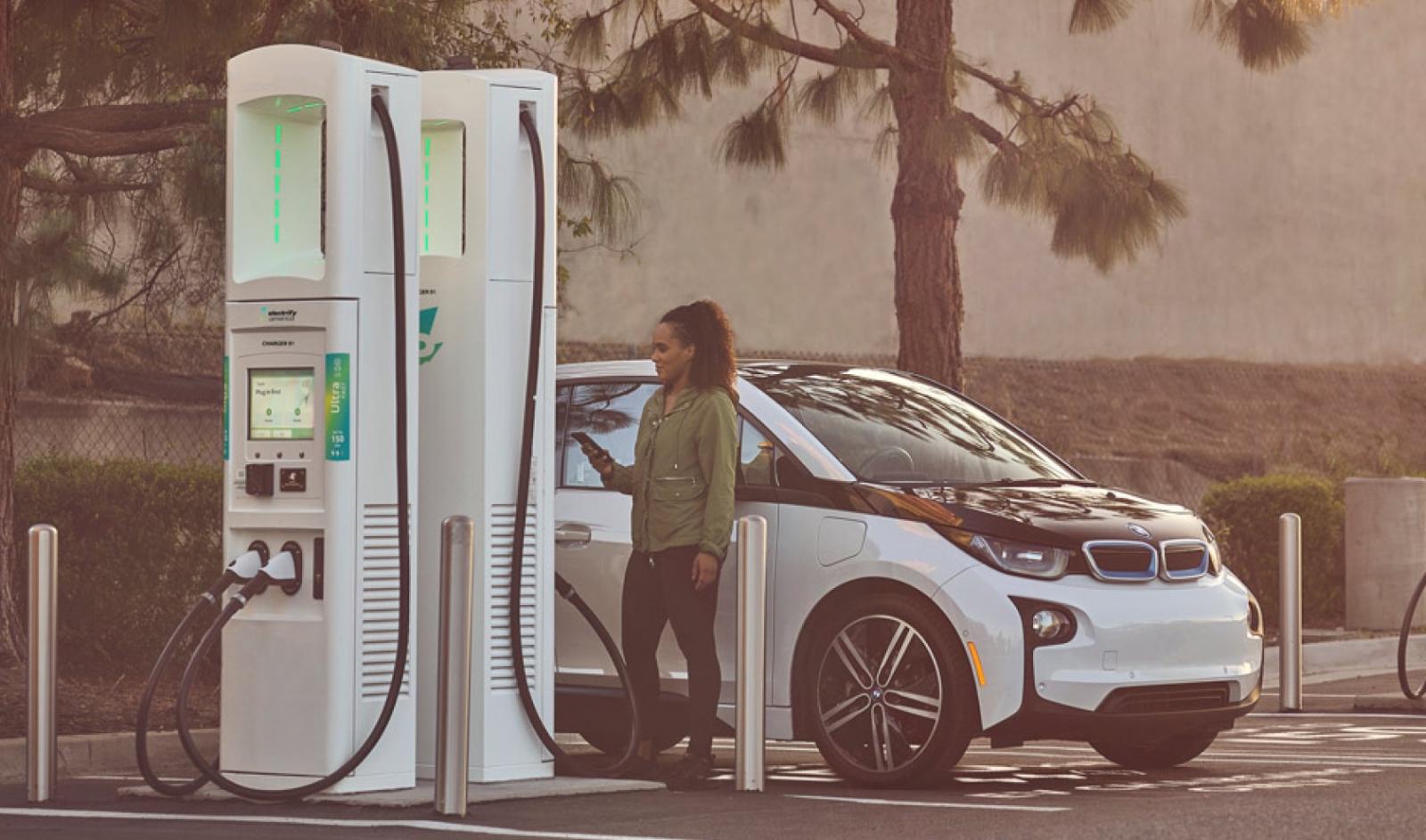Let’s face it folks, electric vehicle etiquette is not keeping up with the adoption of EVs. At gas stations there’s a certain etiquette—people know how to queue in line and wait their turn for an empty pump. With EVs however, it’s a totally different story, and a lot of EV owners are not fluent in the new etiquette that goes with EV charging.
While EVs are becoming more common, social norms about vehicle charging are still being established. EV knowledge gaps have befuddled new owners trying to figure out proper etiquette at public charging stations.
One of the EV owners’ biggest pet gripes is about other EV users “hogging” space at crowded charging stations by leaving their car plugged in even after their battery has been fully charged.
Another pet peeve is—people who snag the highest-output chargers when their car can’t accept power at the fastest rates. It’s like driving a Toyota Prius at 50 mph in the left lane — all it does is upset other motorists.
But from what we are learning from carmakers who have researched the causes—It’s usually not malice driving such behavior. People just don’t know any better.
To ease congestion at popular charging stations, charging network operator Electrify America (EA) is testing a strategy that would automatically end customers’ charging sessions when their battery hits 85%.
Why 85%? Makes perfect sense to me—it’s close to the threshold when charging automatically slows down anyway to protect batteries from overheating. Adding that final 15% means you’ll be waiting much longer, potentially blocking access for other drivers. And, under EA’s plan, you’ll incur a fine if you loiter too long at some stations.
“The pilot is underway at 10 of EA’s busiest charging locations in Southern California. These neighborhood stations tend to support the daily charging needs of EV owners who don’t charge at home,” says Rachel Moses, Electrify America’s senior director of marketing and sales.
That could be because they don’t have a charger at home, or because they want to take advantage of free charging services that came with their car. Highway charging sites are not subject to the 85% cutoff, Moses noted, because some drivers need the full 100% battery range to reach their destination on long trips.
The plug here will automatically shut off when the car’s battery reaches 85%.
If you unplug and try to plug back in, the charger won’t restart. You’ll get a 10-minute grace period to move your car, after which you’ll be hit with “idle fees” of 40 cents per minute. So it really does pay to brush up on your EV etiquette.
All EVs have their own charging curve, which can be affected by temperature, battery health and how full the battery is. When a car gets plugged in, it draws electricity slowly at first, then ramps up to its maximum charging speed, before slowing dramatically as it nears full capacity.
CARLIST THOUGHTS
EVs are caught up in an arms race as automakers try to offer longer range and quicker charging times. But there seem to be serious issues at charging stations as many patrons are not aware of the specifications and charging requirements of their EVs not to mention the basic rules at all charging stations. Bottom line—know you car. A bank of chargers typically offers an array of power levels, ranging from 50 kW to 350 kW. Know which one suits your car, and stick to that one.
